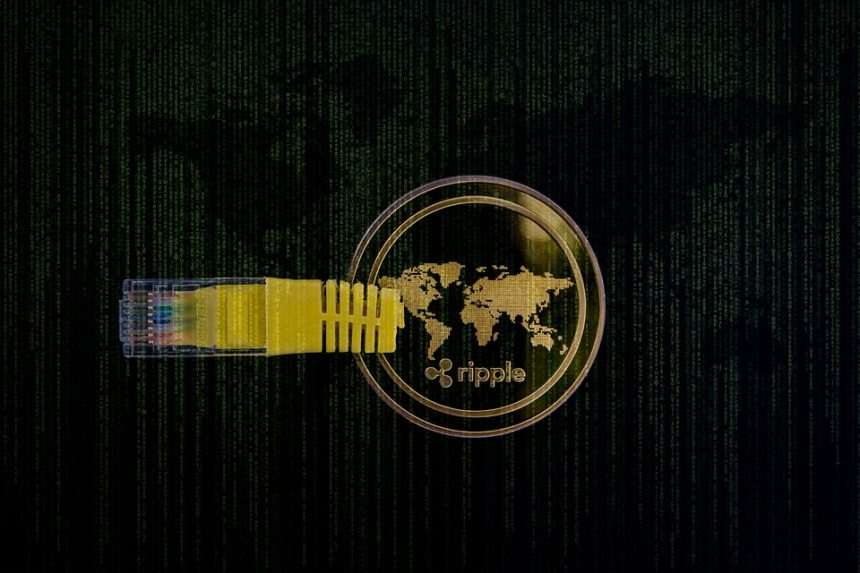Blockchain technology, initially heralded as the backbone of cryptocurrency, has evolved significantly since its inception. Today, organizations across various sectors have harnessed its potential to enhance transparency, improve security, and streamline operations. Here, we explore several successful case studies that illustrate the transformative impact of blockchain technology across diverse industries.
1. Supply Chain Management: IBM and Walmart
One of the most cited examples of blockchain implementation is the partnership between IBM and Walmart, focusing on supply chain management. In 2016, they launched a project known as Food Trust, aimed at increasing food safety and traceability.
The Challenge
Prior to the implementation, tracing the journey of food products from farm to table was both time-consuming and error-prone. In the event of foodborne illnesses, identifying the source of contamination often took weeks, posing serious risks to consumer safety.
The Implementation
Using IBM’s blockchain platform, Walmart established a permissioned blockchain network where stakeholders across the supply chain could input and access data. Each product was assigned a unique identifier stored on the blockchain, allowing real-time tracking of its journey through the supply chain.
The Outcome
The initiative resulted in a significant reduction in traceability time—from seven days to just 2.2 seconds. This swift access to data not only improved food safety but also fostered greater trust among consumers, enhancing Walmart’s reputation as a responsible retailer.
2. Financial Services: JPMorgan Chase and Quorum
JPMorgan Chase, a leader in the financial services sector, developed Quorum, a blockchain platform tailored for enterprise use. Its primary goal was to improve the efficiency of financial transactions and enhance security.
The Challenge
Traditional banking systems often involve multiple intermediaries, lengthy transaction times, and elevated costs. Additionally, the risk of fraud and data breaches posed significant challenges for financial institutions.
The Implementation
Quorum utilizes a permissioned blockchain to facilitate faster and more secure transactions. The platform allows parties to execute transactions instantly, with a transparent ledger that reduces the potential for fraud. Notably, Quorum supports smart contracts, which automate and enforce agreements without human intervention.
The Outcome
Quorum’s implementation resulted in transaction settlements that are quicker and less costly. JPMorgan has also successfully executed several large-scale transactions using this technology, demonstrating blockchain’s efficacy in reshaping financial services.
3. Healthcare: MediLedger Project
The MediLedger Project is an initiative aimed at improving the pharmaceutical supply chain while combating counterfeit drugs, which pose a critical threat to patient safety.
The Challenge
The pharmaceutical industry has long struggled with the challenge of verifying the authenticity of drugs in circulation, leading to potential health risks and significant financial losses due to counterfeit products.
The Implementation
The MediLedger Project employs a consortium blockchain approach, where various stakeholders, including manufacturers, distributors, and pharmacies, collaborate. By sharing information on a secure blockchain, each party can verify the provenance and authenticity of medications in real time.
The Outcome
The MediLedger Project has dramatically enhanced the integrity of the pharmaceutical supply chain. Participants can validate the legitimacy of drugs swiftly, ensuring that patients receive safe and authentic medications.
4. Agriculture: Provenance
Provenance is a blockchain-based platform designed to improve transparency in the agriculture sector. The platform focuses on connecting consumers with the producers of their food through a transparent supply chain.
The Challenge
Consumers increasingly demand information about the source and quality of their food. However, many brands lack a reliable method to authenticate their claims about sustainability and ethical sourcing.
The Implementation
Provenance leverages blockchain technology to provide consumers with complete visibility into the supply chain. Farmers, processors, and retailers upload product information to the blockchain, allowing customers to verify the origin and journey of their food products through a simple QR code scan.
The Outcome
Provenance has successfully empowered consumers with knowledge about their food’s origins, creating a movement towards transparency in the food industry. As a result, brands adopting Provenance’s solutions have enhanced customer trust and loyalty.
Conclusion
These case studies highlight the vast potential of blockchain technology, providing roadmaps for organizations seeking to innovate and overcome industry-specific challenges. As the technology continues to mature, its applications are likely to expand, promising even greater efficiency, transparency, and security across diverse sectors. From supply chain management to healthcare and agriculture, blockchain is no longer just a concept; it is a transformative reality. Organizations that recognize and embrace this potential will likely lay claim to a competitive edge in the evolving market landscape.





